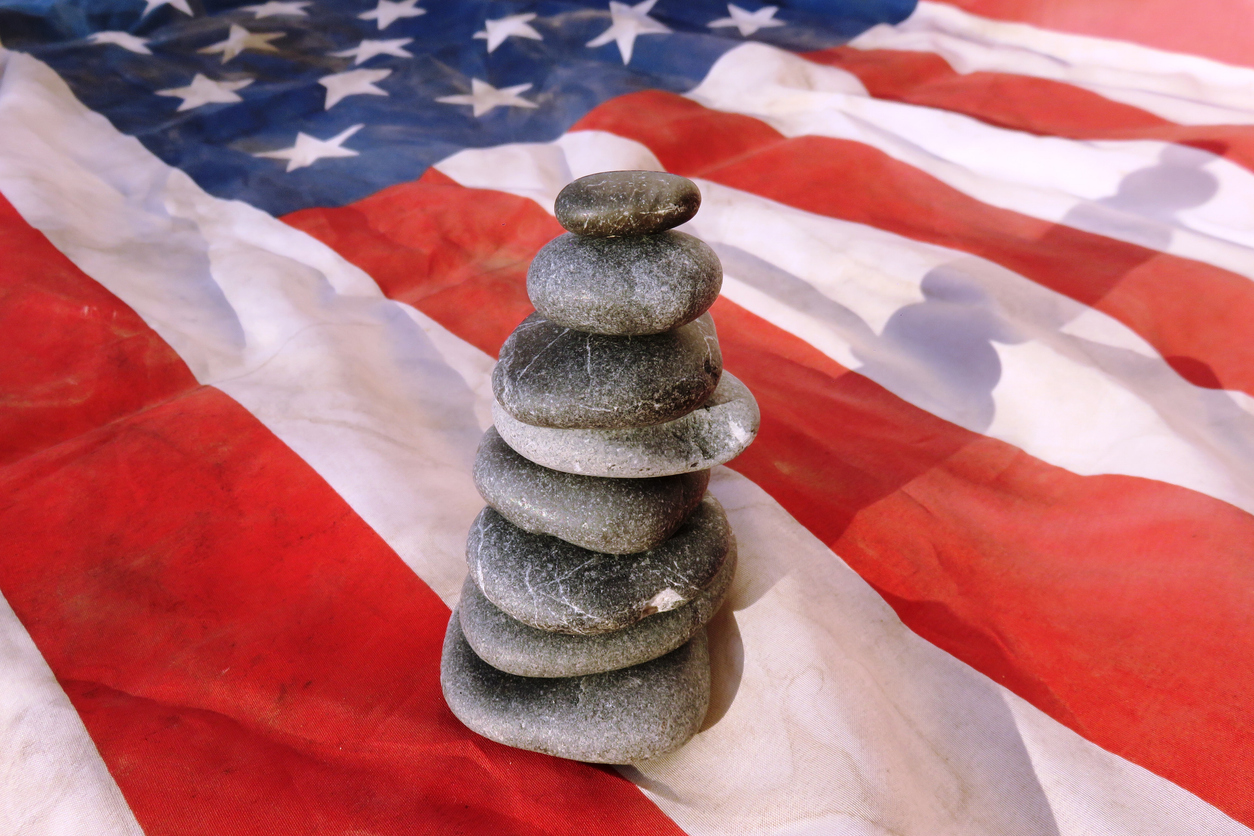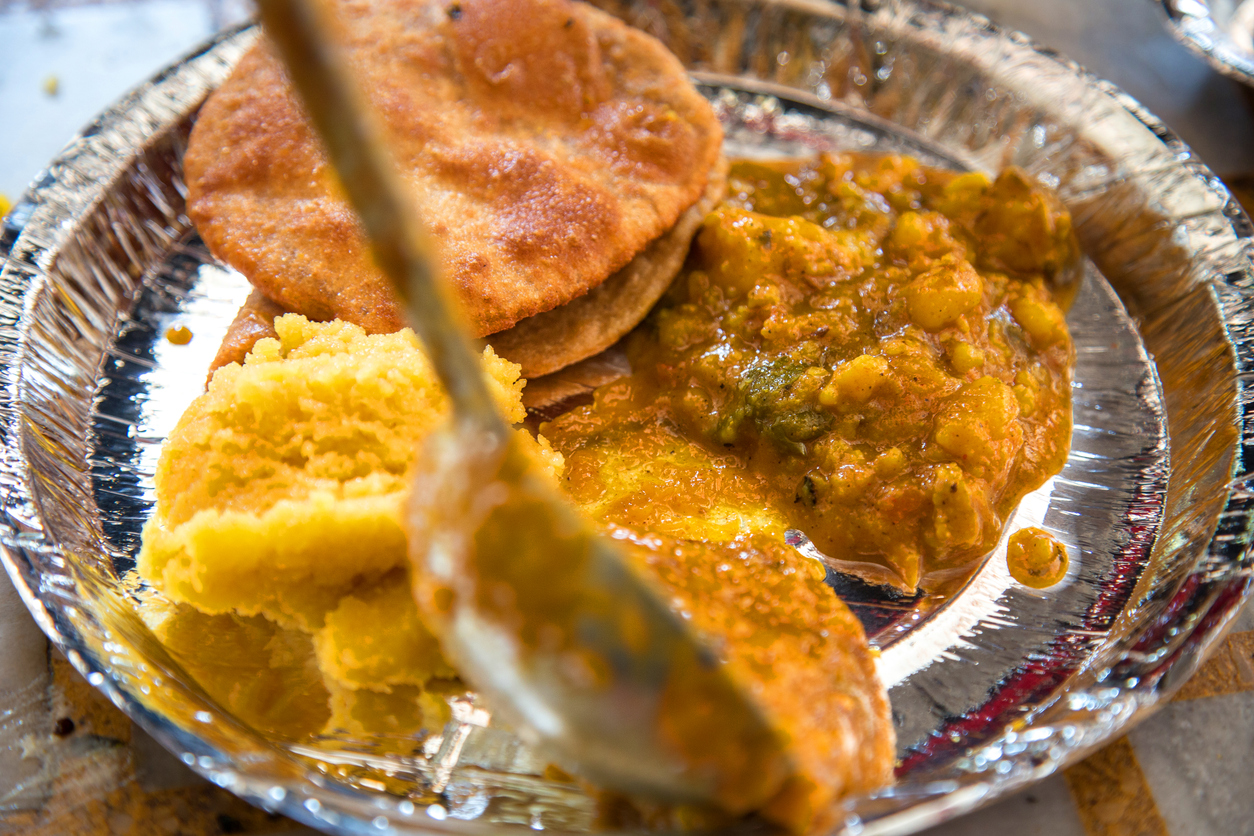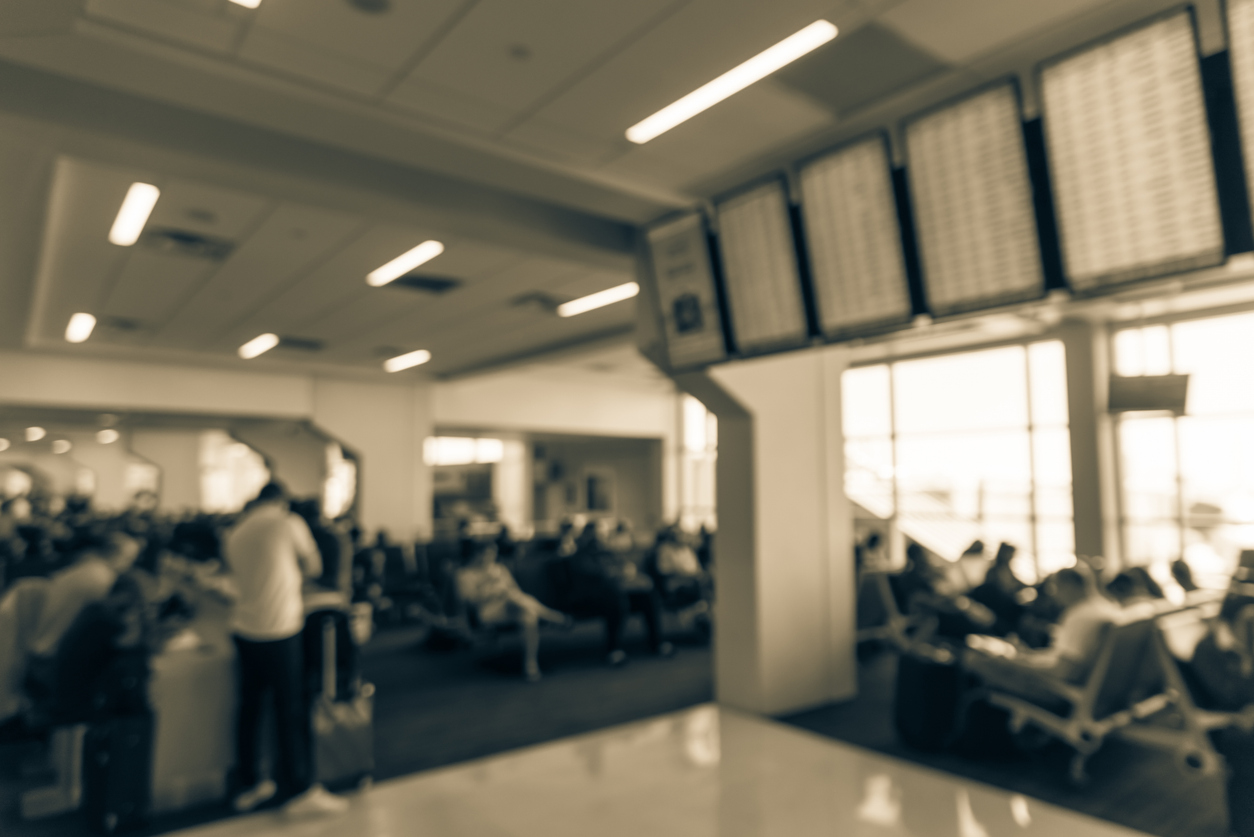Tag: Material Support

Veterans Defend Standing Rock Protesters
Time Period: December 2016Location: United States, North Dakota (Standing Rock Reservation)Main Actors: Veterans, Veterans Stand for Standing RockTactics - Protest - Non-violent occupation - Assemblies of protest The Standing Rock...

Sikh Langars Feed Protests for Farmers’ Rights
Time Period: November 2020 - December 2021Location: Delhi, IndiaMain Actors: Delhi Sikh Gurdwara Management Committee & other Sikh organizationsTactics - Protest camps, nonviolent occupation - Declarations by organizations and institutions...

Going Pro (Bono): Lawyers Provide Support Against the Muslim Ban
Time Period: 2017-2018Location: United StatesMain Actors: Immigration & constitutional law attorneys; civil rights activists; members of state and national government; business & labor leadersTactics - Civic Engagement - Media Outreach...

Small Businesses Fuel the Fight for Freedom in Ukraine
Time Period: 1999 - 2005Location: UkraineMain Actors: Small- and medium-sized Ukrainian businesses; Anatoliy Kinakh and the League of Industrialists and EntrepreneursTactics - Material support - Institutional action - Generalized strikes ...
